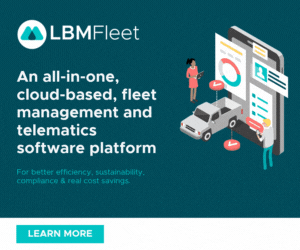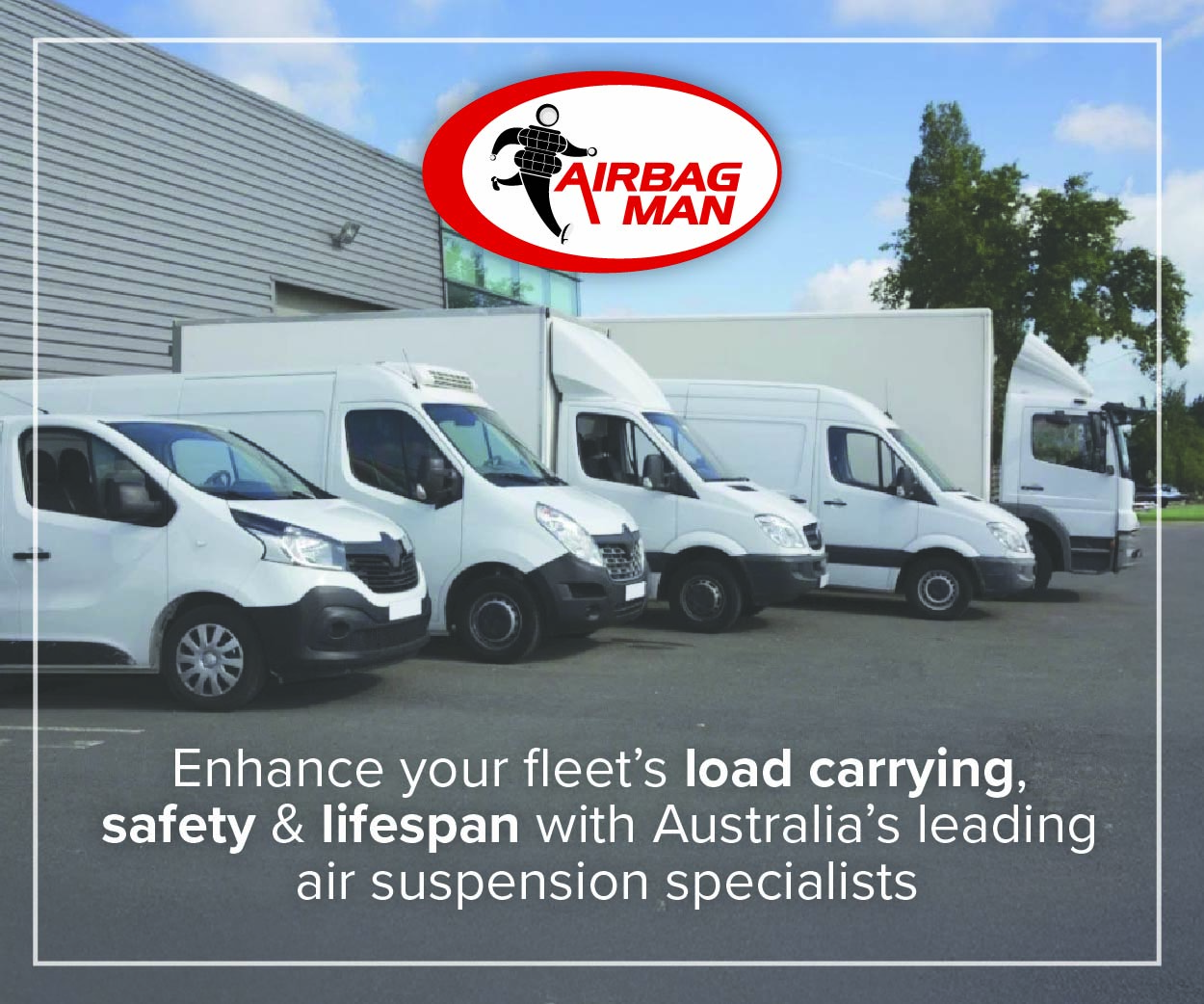In this changing safety-focused environment we see the need for a substantial move to greater flexibility and responsiveness on the part of fleet programs. This isn’t the time for fleet managers to simply turn a blind eye and hope that their current systems and procedures are adequate and up to date.
We are now in an environment and a time for questioning, evaluation and appraisal. As a fleet manager are you confident your fleet is at its optimum efficiency, and that it is matched to your organisation’s specific transport needs? Do your vehicles and your systems pose no, or minimal, risk to the employee and the public in general?
It is essential that senior management maintains a high level of active interest in fleet safety and supports its application. Failure from senior management to support the policy will be seen by some employees as a sign that the organisation is not serious with regard to safety.
How does this “management-buy in” affect certain groups within your organisation?
Required actions will differ depending on the various levels of management within your company.
As a general guide, however, the following advice might form the basis of a suitable fleet safety policy statement that your company could utilise.
Drivers
Drivers of your vehicles are to be:
- Held responsible for the proper operation, use and maintenance of the vehicle entrusted to their care;
- Made aware of the personal consequences and disciplinary action for improper vehicle use;
- Mindful of their own safety and the safety of all other employees within the mobile workplace.
Senior Management
Senior management must define and communicate the organisation’s fleet safety policy and objectives and employ a risk reduction program to ensure that a system is in place which:
- Clearly identifies company transport needs and operational requirements;
- Ensures that vehicles used on company business are matched to the task to be undertaken;
- Is based on the undertaking of a risk assessment;
- Ensures that people driving on behalf of the company, whether the vehicle is company supplied or not, are qualified to do so and have current licences, skills and training;
- Sets basic parameters with regard to proper/improper use of the company vehicle; for example defining the maximum daily combinations of work/driving permissible hours;
- Ensures that failures by the system or individuals are identified, documented, investigated and corrective action is taken;
- Ensures that incidents and near misses are identified, documented, investigated and corrective action is taken.
Managers
Managers are expected to exercise control over vehicle operations by ensuring that drivers reporting to them fulfil their responsibilities. They will ensure that:
- All positions advertised clearly define the required level of driving skills and qualification;
- Vehicles are fit for the tasks for which they are assigned;
- They identify those authorised to drive company vehicles in line with company policy;
- Drivers under their control receive appropriate instruction and training to permit them to perform their function to a satisfactory standard;
- When vehicles other than those company owned/leased are used on company business that they are fit for the purpose and are adequately insured;
- Undue stress is not placed on employees through inappropriate schedules and work pressure;
- Appropriate preventative maintenance is undertaken on all vehicles supplied by the company and/or used on company business.
Is your organisation currently making use of an up-to-date fleet safety policy statement? How are you minimising risk and cultivating a safe workplace environment through your own leadership? Leave a comment below and share your experiences with the AFMA community.











